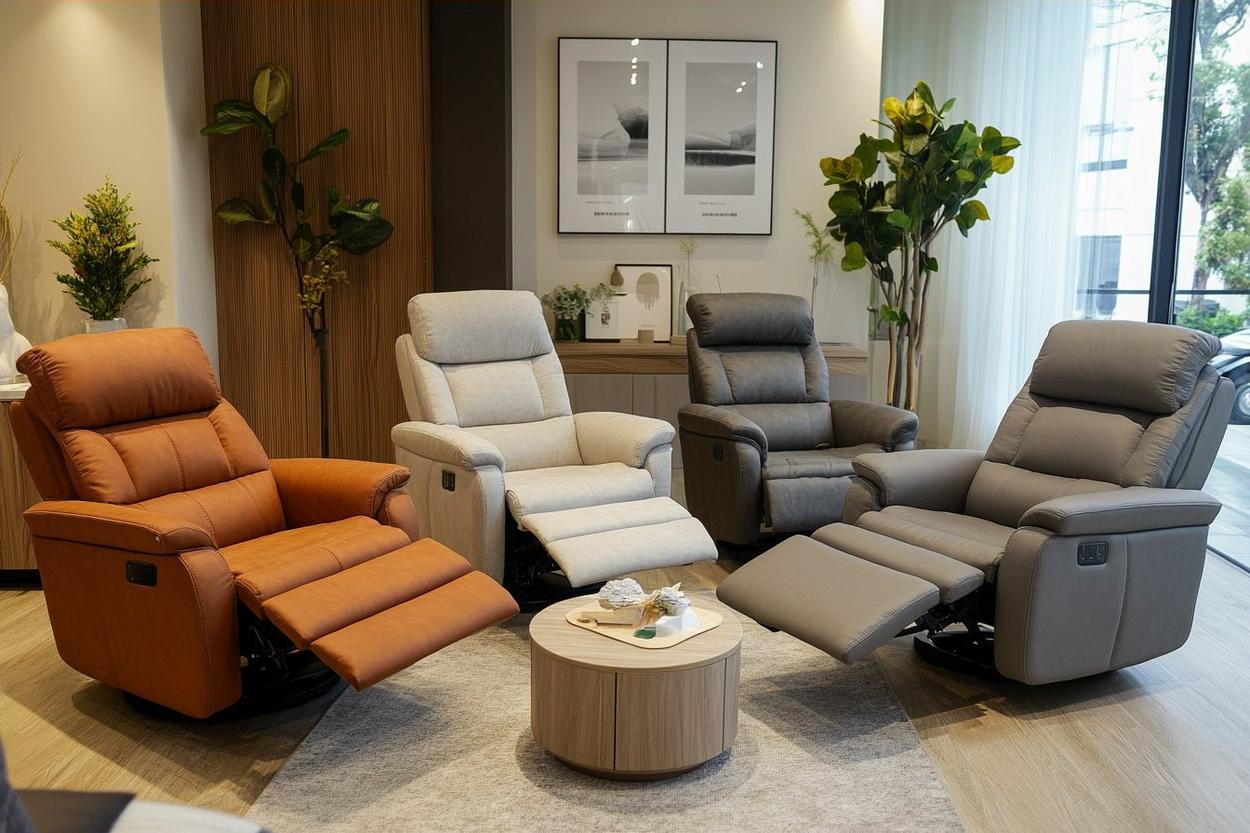The Ultimate Guide to Pillow Covers: Transform Your Space with Style and Function
Pillow covers are among the most versatile and cost-effective home décor elements available today. These fabric sleeves protect your pillows while simultaneously enhancing the aesthetic appeal of your living spaces. Whether you're looking to refresh your bedroom, living room, or outdoor seating area, pillow covers offer an affordable way to transform your environment without committing to major design overhauls. This comprehensive guide explores everything you need to know about selecting, matching, and utilizing pillow covers throughout your home for both practical protection and stylish expression.

How to Choose the Right Pillow Covers for Your Bedroom
Selecting pillow covers for your bedroom requires careful consideration of several key factors that influence both comfort and visual appeal. The fabric choice plays a crucial role in determining durability and feel – cotton offers breathability and easy maintenance, while silk provides luxury and temperature regulation. Linen creates a relaxed, casual atmosphere, and microfiber delivers affordability with stain resistance.
Size accuracy ensures a proper fit that maintains the pillow’s shape and prevents sliding or bunching. Standard, queen, and king sizes require their corresponding cover dimensions for optimal appearance. Consider the closure type as well – envelope closures provide a clean look without visible zippers, while zippered options offer secure containment and easy removal for washing.
Color selection should complement your existing bedroom palette while considering how different hues affect mood and sleep quality. Neutral tones create a calming environment, while bolder colors can serve as accent pieces that energize the space.
How to Match Pillow Covers with Your Bedding Sets
Coordinating pillow covers with existing bedding requires understanding color theory and design principles that create visual harmony. Start by identifying the dominant colors in your comforter, duvet cover, or sheets, then select pillow covers that either complement or provide thoughtful contrast.
The 60-30-10 rule works effectively for bedroom color schemes – use your main bedding color for 60% of textile elements, a secondary coordinating color for 30%, and reserve bold accent colors for the remaining 10% through pillow covers. This approach prevents overwhelming the space while adding visual interest.
Pattern mixing requires careful balance to avoid visual chaos. If your bedding features bold patterns, choose solid-colored pillow covers in complementary shades. Conversely, solid bedding provides the perfect backdrop for patterned pillow covers. When combining multiple patterns, ensure they share at least one common color and vary the scale – pair large florals with small geometric prints, for example.
Texture variation adds depth without relying solely on color. Smooth cotton sheets pair beautifully with textured pillow covers featuring embroidery, quilting, or raised patterns that create tactile interest.
Seasonal Pillow Covers to Change Your Home Décor
Rotating pillow covers seasonally offers an affordable method to keep your home décor fresh and aligned with changing weather and moods. Spring calls for light, airy fabrics in pastel colors or fresh floral patterns that reflect renewal and growth. Cotton and linen covers in soft greens, pale yellows, or cherry blossom pinks create an uplifting atmosphere.
Summer décor benefits from bright, energetic colors and lightweight fabrics that promote coolness. Ocean blues, coral pinks, and crisp whites in breathable materials like cotton or bamboo fiber help maintain comfort during warmer months.
Fall transitions bring opportunities for warmer tones and richer textures. Deep oranges, burgundys, and golden yellows in materials like brushed cotton or flannel create cozy atmospheres perfect for cooler evenings. Consider covers featuring autumn motifs like leaves or harvest themes.
Winter calls for the ultimate in warmth and comfort through both visual and tactile elements. Rich jewel tones, deep reds, and forest greens in plush materials like velvet or faux fur create inviting spaces during cold months. Metallic accents in gold or silver can add festive touches during holiday seasons.
Pillow Covers for Outdoor Furniture and Patio Seating
Outdoor pillow covers require specialized features to withstand weather challenges while maintaining style and comfort. Weather-resistant fabrics like solution-dyed acrylic, polyester blends, or treated canvas provide durability against sun, rain, and temperature fluctuations without fading or deteriorating quickly.
UV protection prevents color fading and fabric breakdown from constant sun exposure. Look for covers specifically labeled as fade-resistant or UV-treated to ensure longevity in outdoor environments. Water-resistant or waterproof options protect against unexpected rain showers and morning dew.
Easy maintenance becomes crucial for outdoor textiles exposed to dirt, pollen, and weather elements. Choose covers that are machine washable or can be easily cleaned with mild soap and water. Quick-drying materials prevent mold and mildew growth in humid conditions.
Color selection for outdoor spaces should consider the surrounding environment and desired atmosphere. Earth tones blend naturally with garden settings, while bright tropical colors create vibrant entertainment areas. Neutral colors offer versatility and longevity as landscaping and seasonal plantings change.
| Cover Type | Material Options | Price Range | Best Use |
|---|---|---|---|
| Basic Cotton | 100% Cotton | $8-$25 | Indoor bedrooms, guest rooms |
| Premium Linen | Pure Linen | $20-$60 | Master bedrooms, luxury settings |
| Outdoor Acrylic | Solution-dyed Acrylic | $15-$45 | Patios, outdoor furniture |
| Silk Blends | Silk/Cotton Mix | $25-$80 | Formal bedrooms, special occasions |
Prices, rates, or cost estimates mentioned in this article are based on the latest available information but may change over time. Independent research is advised before making financial decisions.
The versatility and affordability of pillow covers make them essential elements in home décor that offer endless possibilities for creativity and personal expression. By understanding fabric properties, color coordination principles, seasonal rotation strategies, and outdoor requirements, you can maximize the impact of these simple accessories. Regular updates through pillow cover changes keep living spaces feeling fresh and current without requiring major renovation investments, making them valuable tools for maintaining an attractive, comfortable home environment year-round.




